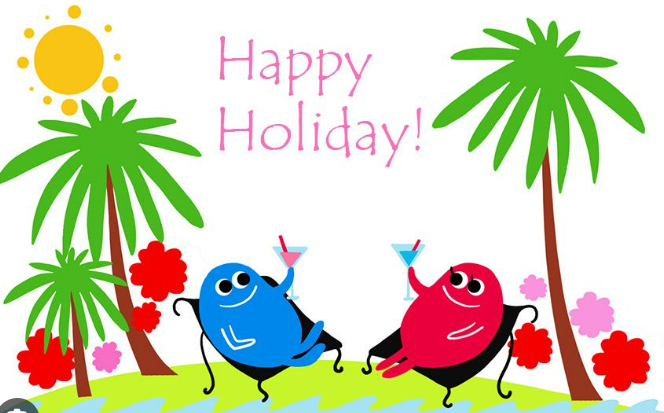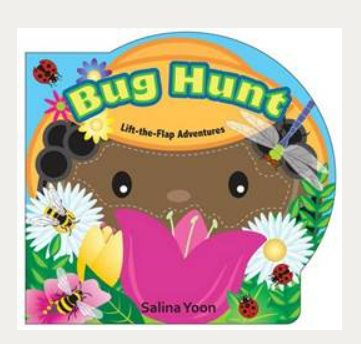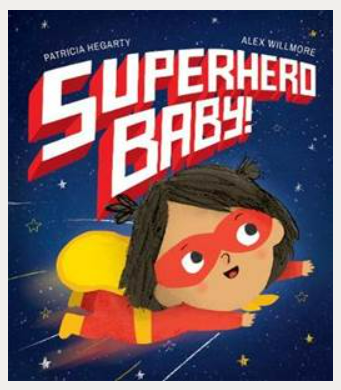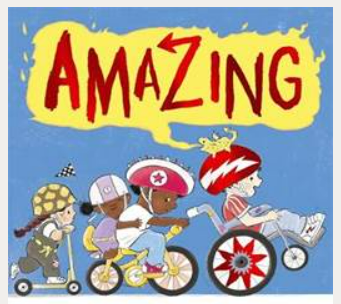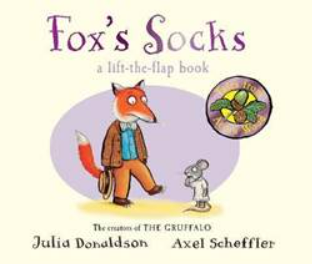What We Are Learning- Summer 2
“Toys Old and New”
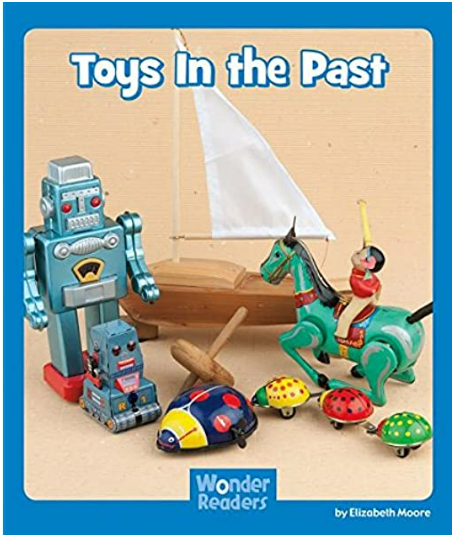
At the start of our last half term, we will be looking at toys from the past and comparing them to toys now.
Understanding the World
Talk about what they see, using a wide vocabulary.
Show interest in different occupations.
Explore how things work.
Explore collections of materials with similar and/or different properties.
Know that there are different countries in the world and talk about the differences they have experienced or seen in photos.
Physical Development
Continue to develop their movement, balancing, riding (scooters, trikes and bikes) and ball skills.
Go up steps and stairs, or climb up apparatus, using alternate feet.
Skip, hop, stand on one leg and hold a pose for a game like musical statues.
Use large-muscle movements to wave flags and streamers, paint and make marks.
Choose the right resources to carry out their own plan. For example, choosing a spade to enlarge a small hole they dug with a trowel.
Collaborate with others to manage large items, such as moving a long plank safely, carrying large hollow blocks.
Use one-handed tools and equipment, for example, making snips in paper with scissors.
Use a comfortable grip with good control when holding pens and pencils.
We’re all Going on a Summer Holiday
We will then move onto looking at ‘We’re all Going on a Summer Holiday’. We will look at the seaside, what happens in the Summer time, different countries in the world and ways we can travel on holiday.
Understanding the World
Talk about what they see, using a wide vocabulary.
Show interest in different occupations.
Explore how things work.
Begin to understand the need to respect and care for the natural environment and all living things.
Continue developing positive attitudes about the differences between people.
Know that there are different countries in the world and talk about the differences they have experienced or seen in photos.
Begin to understand the need to respect and care for the natural environment and all living things.
Expressive Arts and Design
Take part in simple pretend play, using an object to represent something else even though they are not similar.
Begin to develop complex stories using small world equipment like animal sets, dolls and dolls houses etc.
Make imaginative and complex ‘small worlds’ with blocks and construction kits, such as a city with different buildings and a park.
Explore different materials freely, in order to develop their ideas about how to use them and what to make.
Sing the pitch of a tone sung by another person (‘pitch match’).
Sing the melodic shape (moving melody, such as up and down, down and up) of familiar songs.
Create their own songs, or improvise a song around one they know.
What We are Reading

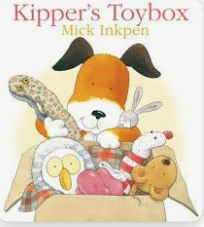
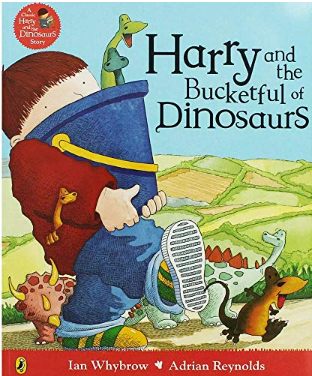

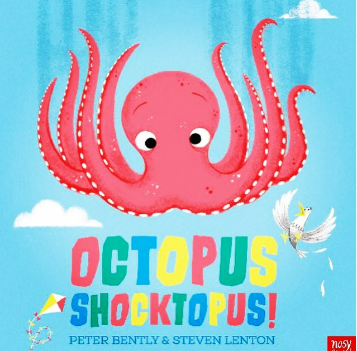
What We Are Learning- Summer 1
“Easter Reflections”

|
At the start of the term we will be looking at Easter and reflecting on what the Easter period means to us. We will look at the Easter story and the different days that occurred around when Jesus died on the cross and rising again.
Understanding the World Talk about what they see, using a wide vocabulary.
Shows interest in the lives of people who are familiar to them Remembers and talks about significant events in their own experience Recognises and describes special times or events for family or friends Expressive Arts and Design Develops an understanding of using lines to enclose a space, and begins to use drawing to represent actions and objects based on imagination, observation and experience Uses various construction materials, e.g. joining pieces, stacking vertically and horizontally, balancing, making enclosures and creating spaces Uses tools for a purpose Engages in imaginative play based on own ideas or first-hand or peer experiences. Uses available resources to create props or creates imaginary ones to support play Plays alongside other children who are engaged in the same theme
Watch Me Grow
We will then move onto looking at ‘Down at the Bottom of the Garden’. We will look growing plants, what they need to grow and planting some of our own. We will also look at mini beasts that live at the bottom of the garden and some of their life cycles.
Understanding the World Use all their senses in hands-on exploration of natural materials.
Explore collections of materials with similar and/or different properties.
Talk about what they see, using a wide vocabulary.
Explore how things work.
Plant seeds and care for growing plants.
Understand the key features of the life cycle of a plant and an animal.
Begin to understand the need to respect and care for the natural environment and all living things.
Maths Talk about and explore 2D and 3D shapes (for example, circles, rectangles, triangles and cuboids) using informal and mathematical language: ‘sides’, ‘corners’; ‘straight’, ‘flat’, ‘round’. Select shapes appropriately: flat surfaces for building, a triangular prism for a roof etc.
Combine shapes to make new ones - an arch, a bigger triangle etc.
What We are Reading
Fabulous Five
|
What We Are Learning- Spring 2
“Happily Ever After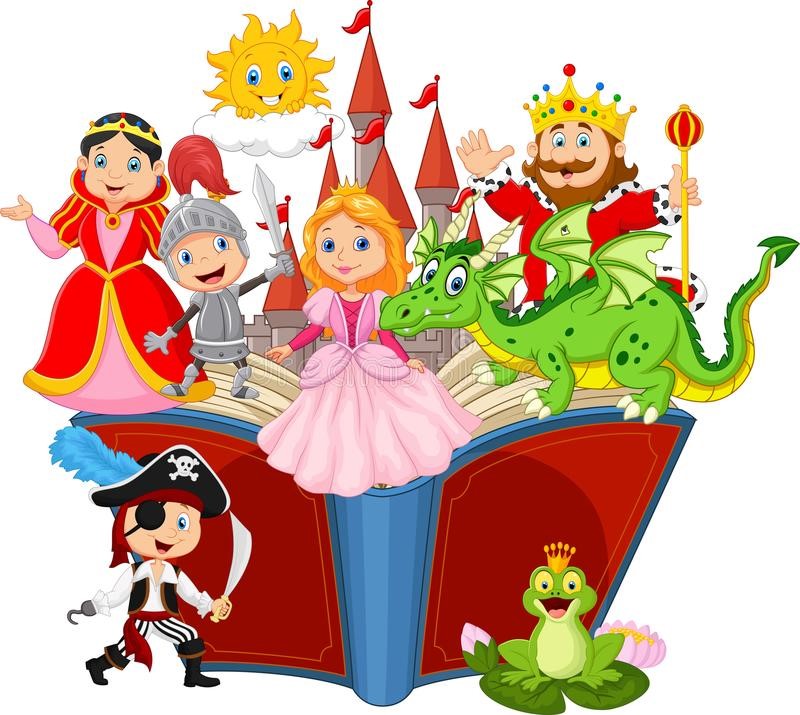
At the start of the term we will be looking at different tradition tales. Throughout this theme we will look at Goldilocks and the Three Bears, The Three Little Pigs and Little Red Riding Hood.
Literacy
Develop their phonological awareness, so that they can:
- spot and suggest rhymes
- count or clap syllables in a word
- recognise words with the same initial sound, such as money and mother.
Engage in extended conversations about stories, learning new vocabulary.
Write some or all of their name.
Write some letters accurately.
Maths
Understand position through words alone
Describe a familiar route.
Discuss routes and locations, using words like ‘in front of’ and ‘behind’.
Make comparisons between objects relating to size, length, weight and capacity.
Talk about and identify the patterns around them. For example: stripes on clothes, designs on rugs and wallpaper. Use informal language like ‘pointy’, ‘spotty’, ‘blobs’ etc.
Extend and create ABAB patterns – stick, leaf, stick, leaf.
Notice and correct an error in a repeating pattern.
Begin to describe a sequence of events, real or fictional, using words such as ‘first’, ‘then...’
What we are Reading

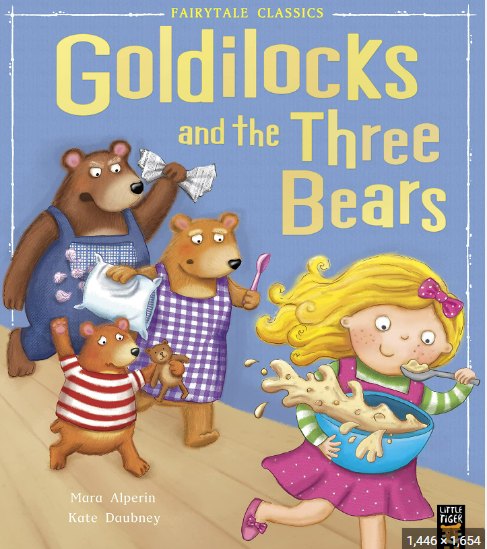


Life on the Ocean Waves

We will then move onto looking at ‘Life on the Ocean Waves’. We will look at pirates and who they are.
Literacy
Develop their phonological awareness, so that they can:
- spot and suggest rhymes
- count or clap syllables in a word
- recognise words with the same initial sound, such as money and mother.
Engage in extended conversations about stories, learning new vocabulary.
Write some or all of their name.
Use some of their print and letter knowledge in their early writing. For example: writing a pretend shopping list that starts at the top of the page; writing ‘m’ for mummy.
Understanding the World
Talk about what they see, using a wide vocabulary.
Know that there are different countries in the world and talk about the differences they have experienced or seen in photos.
Geography
Explore and talk about different forces they can feel.
Science
Talk about the differences between materials and changes they notice.
Science
Physical Development
Collaborate with others to manage large items, such as moving a long plank safely, carrying large hollow blocks.
Use one-handed tools and equipment, for example, making snips in paper with scissors.
Use a comfortable grip with good control when holding pens and pencils.
Start eating independently and learning how to use a knife and fork.
Show a preference for a dominant hand.
What we are Reading
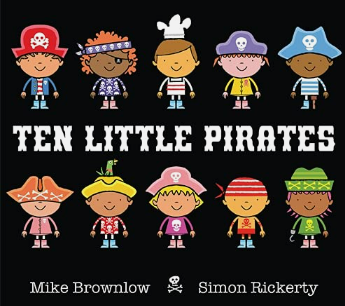
What We Are Learning- Spring 1
“Amazing Animals”

At the start of the term we will be looking at animals and how amazing they are. We will be looking at pets, animals from different countries and the life cycles of different animals.
Communication and Language
Use a wider range of vocabulary
|
Enjoy listening to longer stories and can remember much of what happens |
Understand ‘why’ questions, like: “Why do you think the caterpillar got so fat?”
Understanding The World
Begin to understand the need to respect and care for the natural environment and all living things.
Talk about what they see, using a wide vocabulary.
Understand the key features of the life cycle of a plant and an animal.
Know that there are different countries in the world and talk about the differences they have experienced or seen in photos.
Chinese New Year

We will then move onto looking at the celebration of Chinese New Year. We will look at the traditions they have, compare them to other cultures traditions and look at the Chinese zodiac story.
Understanding the World
Begin to understand the need to respect and care for the natural environment and all living things.
Talk about what they see, using a wide vocabulary.
Continue developing positive attitudes about the differences between people.
Know that there are different countries in the world and talk about the differences they have experienced or seen in photos.
“People who Help Us”
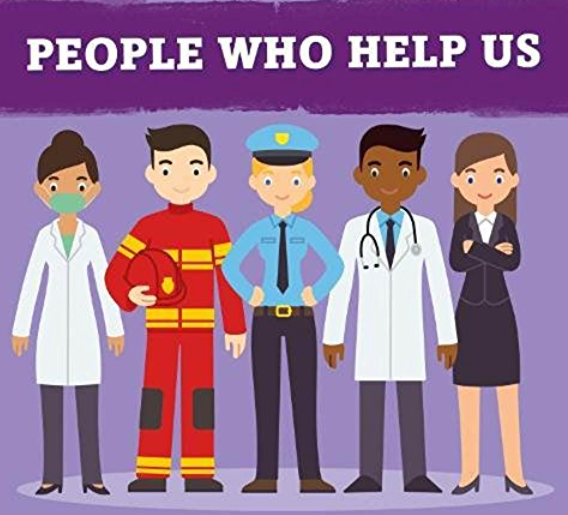
Our last theme this half term will be all about people who help us. We will look at the different professions, talk about how they help us and what jobs we might like when we grow up.
Understanding the World
Talk about what they see, using a wide vocabulary.
Continue developing positive attitudes about the differences between people.
Explore and talk about different forces they can feel.
Show interest in different occupations.
Explore how things work.
Literacy
Understand the five key concepts about print:
- print has meaning
- print can have different purposes
- we read English text from left to right and from top to bottom
- the names of the different parts of a book
-page sequencing
Engage in extended conversations about stories, learning new vocabulary.
Write some or all of their name
Use some of their print and letter knowledge in their early writing. For example: writing a pretend shopping list that starts at the top of the page; writing ‘m’ for mummy.
What We Are Learning- Autumn 2
Baby You’re a Firework

At the start of the term we will be looking at bonfire night and all the traditions that take place around this time. We will look at all the colours and experiment working with them.
Expressive Arts and Design
Use drawing to represent ideas like movement or loud noises.
Explore colour and colour-mixing.
Remember and sing entire songs.
Understanding The World
Talk about what they see, using a wide vocabulary.
Explore how things work.
Talk about the differences between materials and changes they notice.
Awesome Autumn

We will then move onto looking at the season awesome Autumn. We will look at the natural changes that happen at the time of year, the change in weather and look at all the beautiful colours we see at this time of year.
Literacy
Understand the five key concepts about print:
- print has meaning
- print can have different purposes
- we read English text from left to right and from top to bottom
- the names of the different parts of a book
-page sequencing
Engage in extended conversations about stories, learning new vocabulary.
Use some of their print and letter knowledge in their early writing. For example: writing a pretend shopping list that starts at the top of the page; writing ‘m’ for mummy.
Expressive Arts and Design
Take part in simple pretend play, using an object to represent something else even though they are not similar.
Begin to develop complex stories using small world equipment like animal sets, dolls and dolls houses etc.
Make imaginative and complex ‘small worlds’ with blocks and construction kits, such as a city with different buildings and a park.
Draw with increasing complexity and detail, such as representing a face with a circle and including details.
Explore colour and colour-mixing.
Understanding the World
Talk about what they see, using a wide vocabulary.
Begin to understand the need to respect and care for the natural environment and all living things.
A Baby is Born

Our last theme this half term will be all about the wonderful Christmas time. We will be looking at the Christmas story and even putting on a Christmas performance for our families! We will be creating lots of Christmas creation so get ready for the glitter!
Expressive Arts and Design
Take part in simple pretend play, using an object to represent something else even though they are not similar.
Begin to develop complex stories using small world equipment like animal sets, dolls and dolls houses etc.
Make imaginative and complex ‘small worlds’ with blocks and construction kits, such as a city with different buildings and a park.
Develop their own ideas and then decide which materials to use to express them.
Draw with increasing complexity and detail, such as representing a face with a circle and including details.
Explore colour and colour-mixing.
Remember and sing entire songs.
Sing the pitch of a tone sung by another person (‘pitch match’).
Sing the melodic shape (moving melody, such as up and down, down and up) of familiar songs.
Create their own songs, or improvise a song around one they know.
Play instruments with increasing control to express their feelings and ideas.
Understanding the World
Talk about what they see, using a wide vocabulary.
Explore how things work.
Talk about the differences between materials and changes they notice.
What We Are Learning- Autumn 1
Our Values
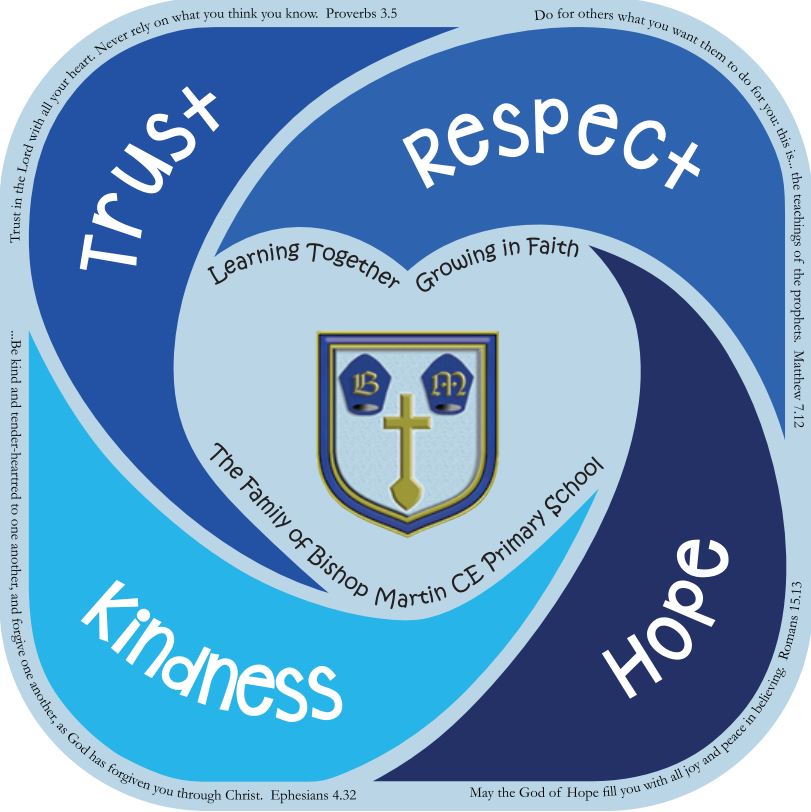
At the start of the term we will be looking at our school values and what each value means to us. Our values are Love, Trust, Respect, Kindness and Hope.
Personal, Social and Emotional Development
Birth to Three Years
Be increasingly able to talk about and manage their emotions
Talk about their feelings in more elaborated ways: “I’m sad because…” or “I love it when …”.
Three to Four Year Olds
elect and use activities and resources, with help when needed. This helps them to achieve a goal they have chosen, or one which is suggested to them.
Develop their sense of responsibility and membership of a community.
Literacy
Three to Four Year Olds
Use some of their print and letter knowledge in their early writing. For example: writing a pretend shopping list that starts at the top of the page; writing ‘m’ for mummy.
Understanding The World
Three to Four Year Olds
Begin to understand the need to respect and care for the natural environment and all living things
Super Me
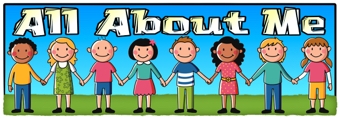
Communication and Language
Birth to Three Years
Listen to simple stories and understand what is happening, with the help of the pictures
Understand simple questions about ‘who’, ‘what’ and ‘where’ (but generally not ‘why’).
Three to Four Year Olds
Enjoy listening to longer stories and can remember much of what happens.
Use a wider range of vocabulary.
Understand ‘why’ questions, like: “Why do you think the caterpillar got so fat?
Talk about their feelings using words like ‘happy’, ‘sad’, ‘angry’ or ‘worried’.
Personal, Social and Emotional Development
Birth to Three Years
Feel strong enough to express a range of emotions.
Be increasingly able to talk about and manage their emotions.
Talk about their feelings in more elaborated ways: “I’m sad because…” or “I love it when …”.
Three to Four Year Olds
Develop their sense of responsibility and membership of a community
Talk about their feelings using words like ‘happy’, ‘sad’, ‘angry’ or ‘worried’.
Understand gradually how others might be feeling.
Harvest

Understanding the World
Birth to Three Years
Make connections between the features of their family and other families.
Notice differences between people.
Three to Four Year Olds
Use all their senses in handson exploration of natural materials.
Plant seeds and care for growing plants.
Begin to understand the need to respect and care for the natural environment and all living things.
Know that there are different countries in the world and talk about the differences they have experienced or seen in photos.
Expressive Arts and Design
Birth to Three Years
Move and dance to music
Join in with songs and rhymes, making some sounds.
Express ideas and feelings through making marks, and sometimes give a meaning to the marks they make.
Three to Four Year olds
Begin to develop complex stories using small world equipment like animal sets, dolls and dolls houses etc
Make imaginative and complex ‘small worlds’ with blocks and construction kits, such as a city with different buildings and a park.
Create closed shapes with continuous lines, and begin to use these shapes to represent objects.
Remember and sing entire songs.
.png)
